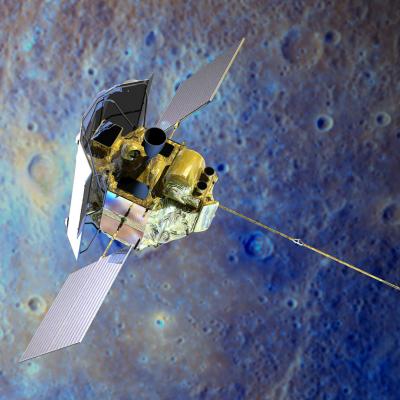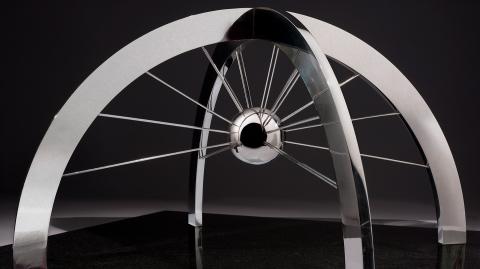On any given day, APL mission operations teams are controlling up to six active spacecraft across the solar system, while also working on developing missions and proposed space exploration concepts.
Space missions typically begin with a set of science objectives. APL’s Mission Operations (MOps) engineers design, implement and execute the operational scheme for a spacecraft to achieve mission science objectives with minimal risk and maximum efficiency. MOps ensures the health and safety of the spacecraft and implements science team requirements, engineering needs, and navigation operations. Our teams perform complete mission planning for the spacecraft and for payload operations and also perform command sequencing and validation and comprehensive mission analysis covering all flight systems.
Our efforts begin well before launch. During design, MOps checks that spacecraft subsystem designs are pragmatic and meet operational needs. We test operation concepts, plan for contingencies, and test and validate commands before uploading to a spacecraft. After launch, MOps commissions the spacecraft, assesses mission performance, observes spacecraft trending, verifies data downlinks and oversees anomaly resolution. APL missions often have unique operations plans, many that include hibernation, beacon or autonomous modes while conducting complex maneuvers on spacecraft in remote corners of our solar system. The team’s primary goal: accomplish science mission objectives while preserving resources and maintaining costs.






